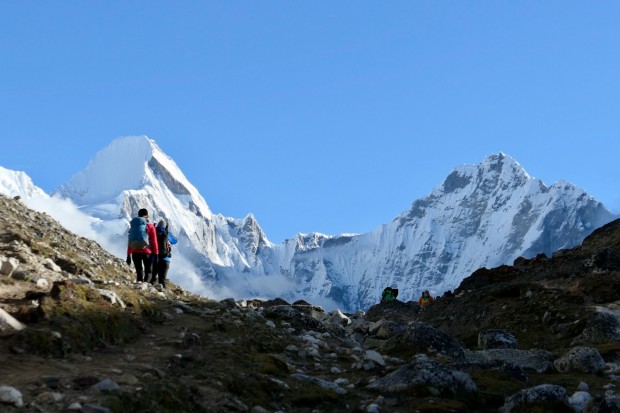This year, the Nepali army, in partnership with Unilever, is set to clean up Mount Everest. They will remove 10 tons of garbage and five dead bodies from the mountain. The cleanup team, consisting of twelve military members and eighteen Sherpas, started their work at Everest Base Camp on April 14.

(Photo : Ben Lowe on Unsplash)
New Rules and Cleanup Efforts to Protect Mount Everest
Mount Everest has a big problem with trash and overcrowded paths. Last year, the Nepali government gave out a record 478 climbing permits. However, the total number of people on the mountain is even higher because each group includes Sherpa guides and other helpers.
To help fix these issues, new rules have been put in place for the 2024 climbing season. Now, every climber must use special bags provided by the government to carry their poop off the mountain.
They must also carry a tracking chip. This chip helps in search and rescue missions, making it safer for everyone climbing.
As reported by CNN, each climber creates about 8.8 ounces of poop a day, and they spend two weeks at higher camps while trying to reach the top. This can add a lot of waste to the mountain.
Mount Everest's cleanup efforts started in 2019. Since then, the Nepali army has collected 110 tons of waste. The work is important to keep the mountain clean and safe for climbers.
The ongoing efforts to remove trash and recover bodies from past climbs show the commitment to preserving the beauty and safety of Mount Everest.
Related Article: Nepal Sets New Safety Standards with E-Chips for Mount Everest Expeditions
Over 200 Bodies Remain on the World's Tallest Mountain
Mount Everest, the tallest mountain on Earth, is not just a place for climbers seeking glory. It is also the final resting place for over 200 climbers who have died attempting to reach its summit.
This area, especially above 26,000 feet, is known as the "death zone," where the air is thin, and the pressure makes physical activity extremely difficult. In this zone, according to All That's Interesting, oxygen levels are only a third of those at sea level, significantly impacting climbers' ability to move and think.
The harsh conditions in the death zone limit climbers' survival to just 48 hours due to low oxygen and high pressure, which can severely affect their organs. Those who perish on Mount Everest are typically left where they fall, turning them into grim markers along the route.
Among the known casualties is the climber "Green Boots," believed to be Tsewang Paljor, who died in 1996. His body lay near a popular climbing path until recently removed.
In 2006, climber David Sharp froze to death in the same area, his body found just feet away from "Green Boots." At least 40 climbers passed by Sharp, but none stopped to help, sparking a debate on the ethics of climbers focused solely on reaching the summit.
The first known casualty on Mount Everest was George Mallory, whose body was discovered in 1999, 75 years after his death. He was found with old climbing gear, suggesting he might have fallen while attached to another climber.
Mount Everest continues to attract thousands of climbers each year, despite the known risks and visible reminders of those who have fallen.
This article is copyrighted by Travelers Today, the travel news leader



